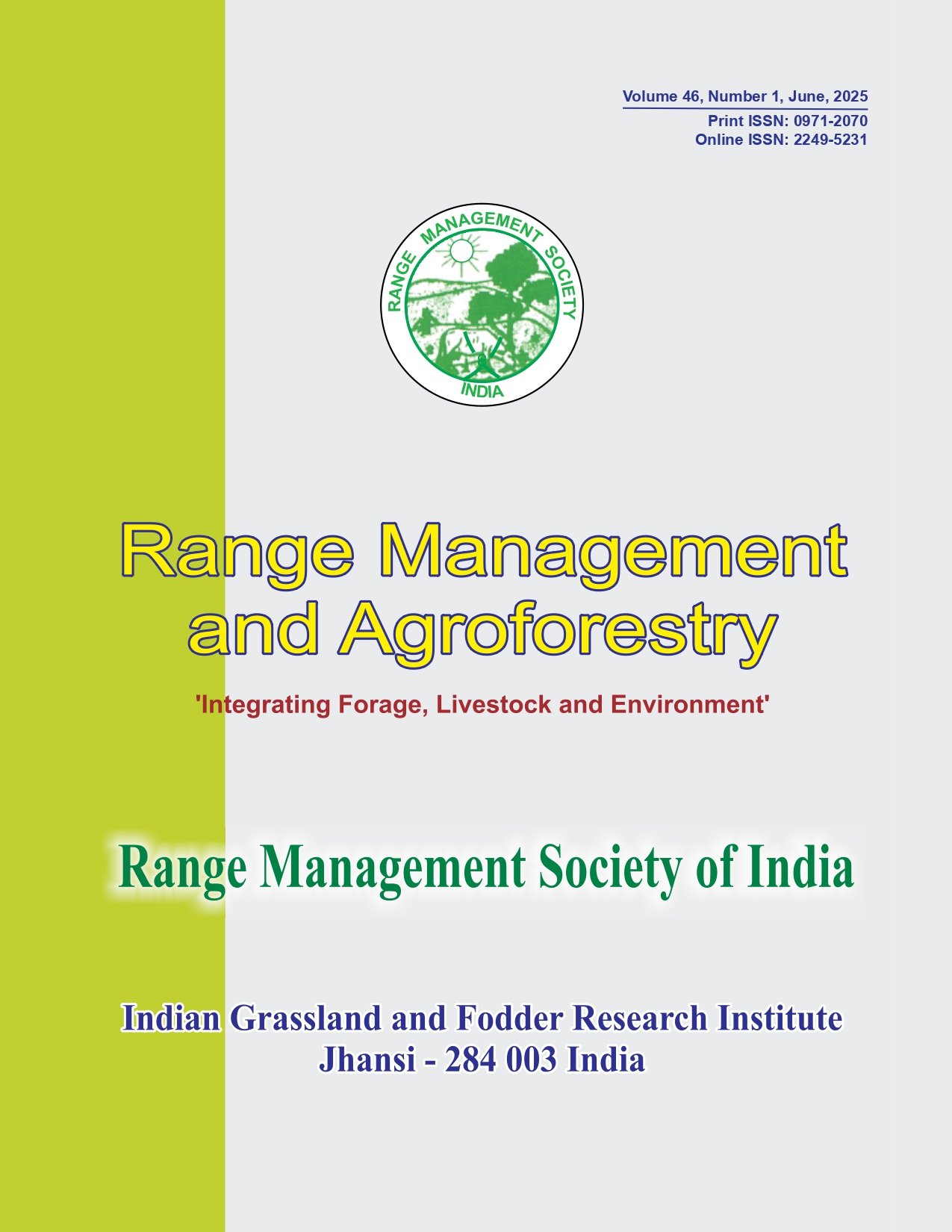Modeling distribution of vegetation types in arid and semiarid rangelands of Iran through binary logistic regression and canonical correspondence analysis techniques
Keywords:
Binary logistic regression, Canonical correspondence analysis, Indicator species, Vegetation typesAbstract
The distribution of nine vegetation types in arid and semiarid Nodushan rangelands was predicted based on the indicator species by using binary logistic regression (BLR) and canonical correspondence analysis (CCA) techniques. Nine soil variables (salinity, pH, C/N, available water, gravel, texture, gypsum, organic matter and lime) in two depths (0-20 and 20-60 cm) and three topographic variables (elevation, slope and aspect) were used for modeling. The habitat suitability was determined using the maximum sensitivity plus specificity threshold. Results indicated that the indicator species in each vegetation type was effective and efficient for modeling the distribution of the vegetation type. BLR models provided more accurate predictions than CCA models in most of the vegetation types. The vegetation type whose distribution was well modeled by CCA was also well modeled by BLR but not vice-versa. None of the techniques provided accurate results for the vegetation type that was under grazing disturbance.




